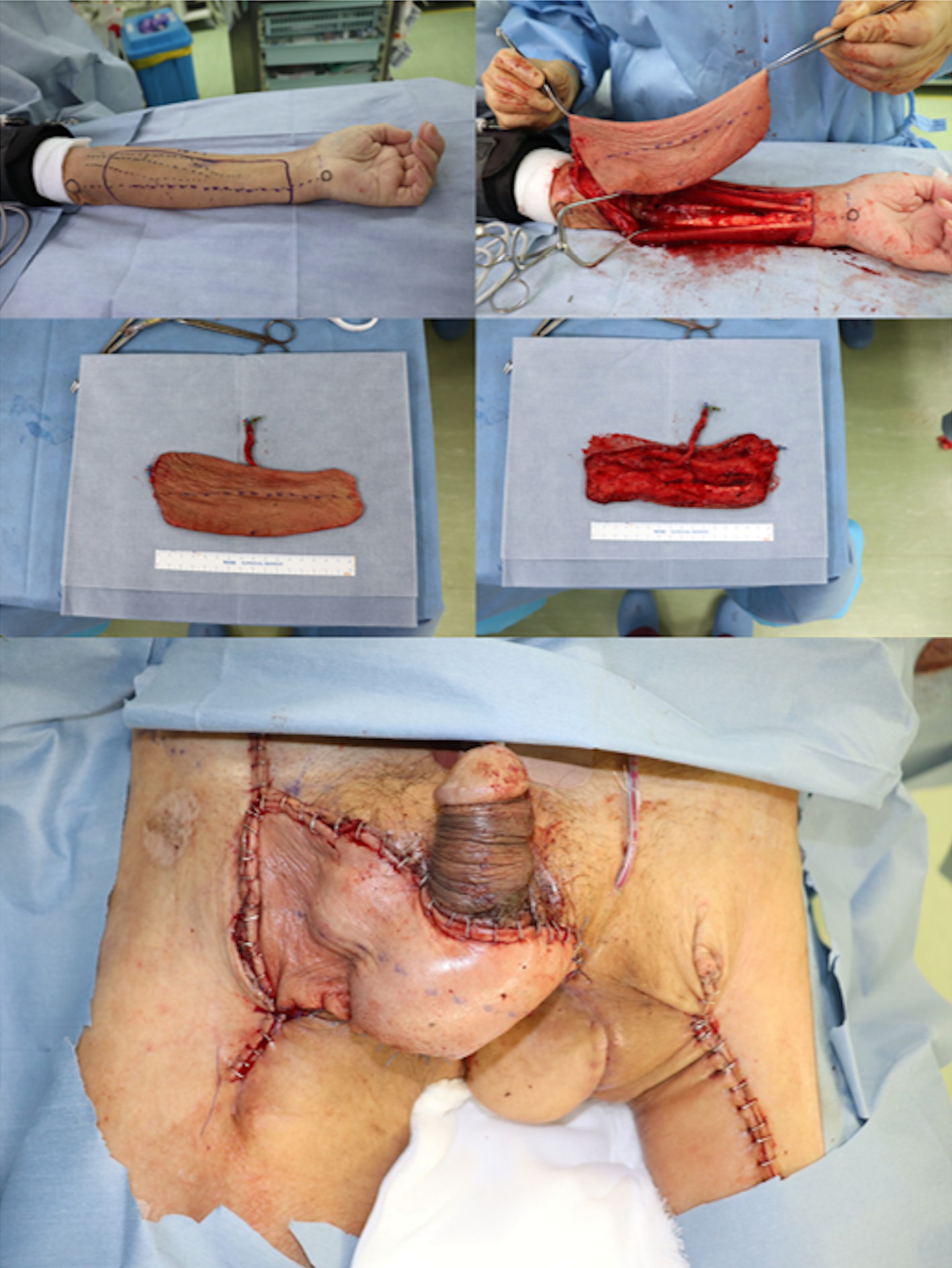- 著者
- Norihiro Ohba Goichi Haraoka Hirotsuna Oiwa Kozue Toyoda Mayuko Ohba
- 出版者
- Japan Society of Plastic and Reconstructive Surgery
- 雑誌
- Journal of Plastic and Reconstructive Surgery (ISSN:2436259X)
- 巻号頁・発行日
- pp.2022-0038, (Released:2023-03-15)
- 参考文献数
- 14
Objectives: Many Asian patients with nasal aesthetic surgery desire a sharper, more defined nasal tip. In many cases, their nasal cartilage is not abundant enough, necessitating cartilage transplantation from an extranasal location. We investigated which patients would qualify for a method of reshaping the nasal tip without needing donor cartilage by reshaping the lower cartilage using the transdomal suture technique and local cartilage grafting.Methods: We performed a single-center retrospective cohort study of patients undergoing nasal tip surgery. We divided patients into two groups. Group 1 comprised 13 patients with nasal tips with thin skin and soft tissue and relatively abundant cartilage. Group 2 included 31 patients with nasal tips with thicker, firmer skin and soft tissue and a smaller amount of cartilage. No patients had prior nasal surgery, and all patients were followed up for at least 3 months. Patients in both groups underwent the transdomal suture technique and local cartilage grafting. Five patients in Group 2 underwent alar reduction. Preoperative and postoperative lateral view photographs were superimposed and analyzed to measure changes in tip projection.Results: Patients in Group 1 showed a mean increase in tip projection of 3.9%. Patients in Group 2 demonstrated a mean decrease in tip projection of −1.5% without alar reduction and −5.6% with alar reduction.Conclusions: If the nasal tip is predominantly cartilaginous, patients may undergo surgery that does not involve donor cartilage from another site with good results. However, most patients, who have a relatively small amount of nasal tip cartilage, are not good candidates for this procedure.
- 著者
- Sho Yamakawa Kenji Hayashida
- 出版者
- Japan Society of Plastic and Reconstructive Surgery
- 雑誌
- Journal of Plastic and Reconstructive Surgery (ISSN:2436259X)
- 巻号頁・発行日
- vol.1, no.1, pp.26-30, 2022-01-27 (Released:2022-01-27)
- 参考文献数
- 15
Scrotal defects requiring reconstruction may occur after trauma, cancer, or infection. To maintain good testicular function, the ideal scrotal temperature should be slightly lower than the abdominal temperature. However, large local flaps that are enough to cover the testes cannot be used in all patients. A 74-year-old man presented with scrotal and perineal tissue defects after undergoing debridement for Fournier's gangrene due to rectal carcinoma-induced perforation. The scrotal skin defect was reconstructed using a 22 × 10-cm-free ulnar forearm flap. The postoperative course was uneventful, and at the 14-month follow-up examination, the scrotal skin was found to be thin and pliable. Moreover, the donor site on the left forearm was in an acceptable state and no hand dysfunction due to contracture was observed. Based on our observations, we recommend that the free ulnar forearm flap might be an effective option for scrotal reconstruction, causing little donor site morbidity.
